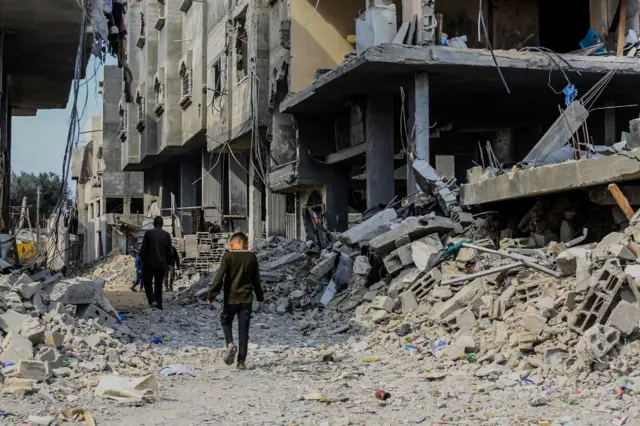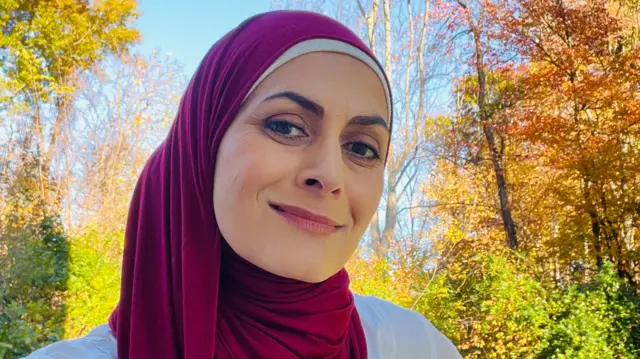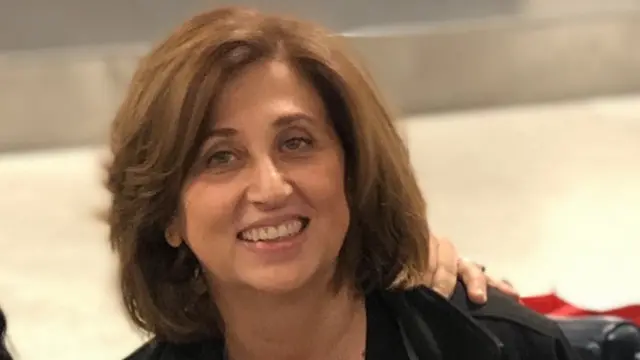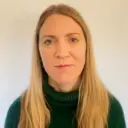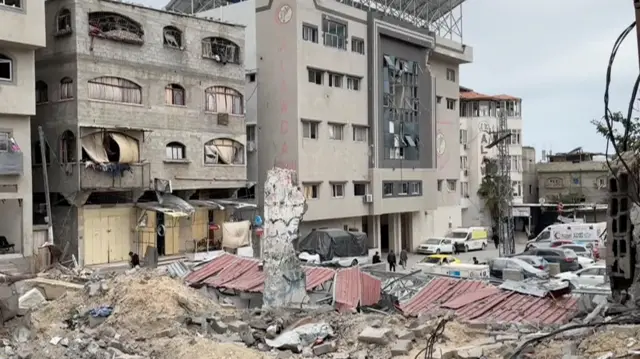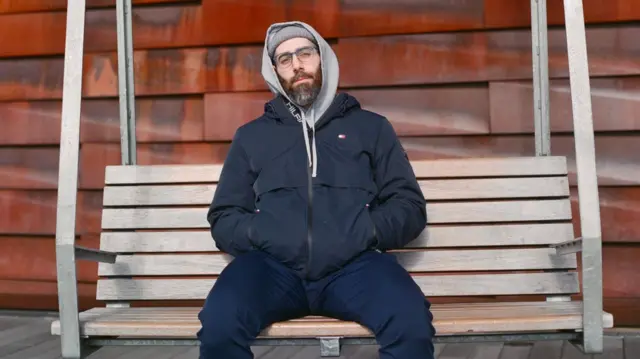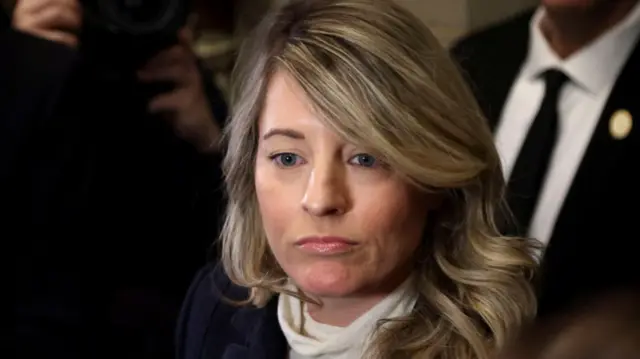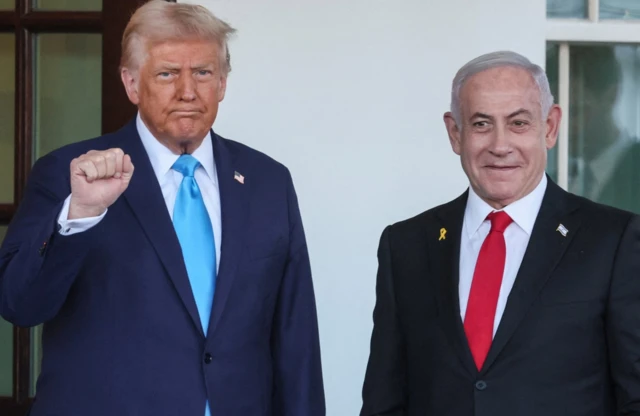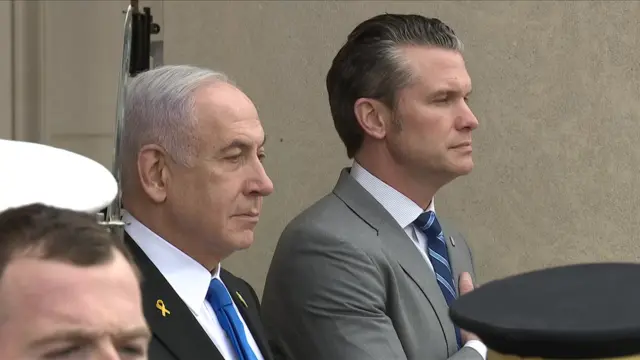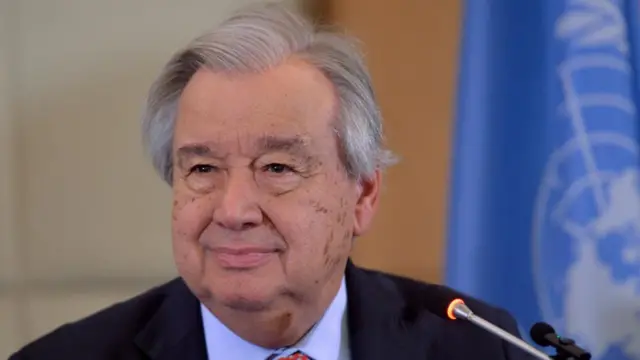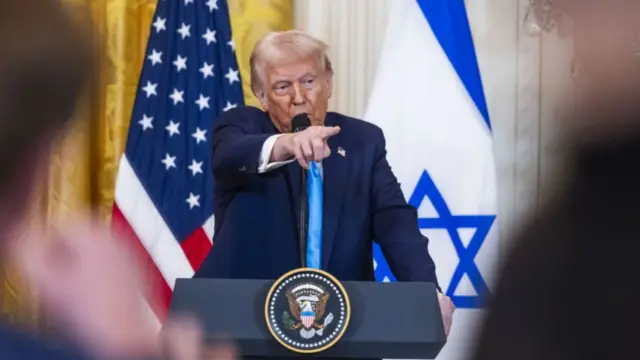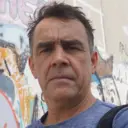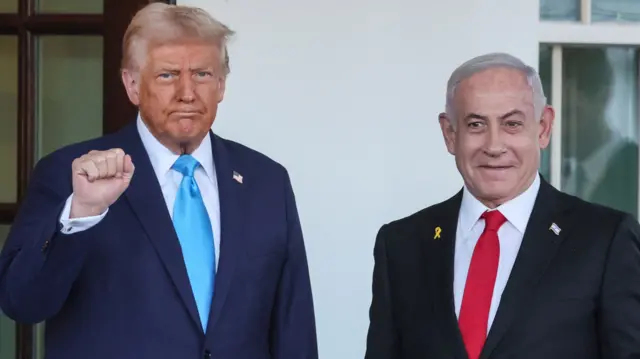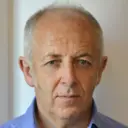Another day of world reaction to Trump comments from the night beforepublished at 00:17 GMT 6 February
 Thomas Mackintosh
Thomas Mackintosh
Live reporter
It's been one of those days, where the world has been reacting to the comments of the American president, the night before.
Flanked by Israeli PM Benjamin Netanyahu in the White House on Tuesday night, Donald Trump put forward a drastic shift in American policy towards the Middle East saying the US will take over the Gaza Strip and turn it into the Riviera of the region.
A wave of international criticism has followed Trump's call - including from France, Germany and the United Nations Secretary General Antonio Guterres who has warned the US against ethnic cleansing in Gaza.
Throughout the day we have heard from defiant Palestinians who insist they will not go anywhere else other than Gaza. On the other hand, many Israelis have been expressing satisfaction at the radical ideas from the White House, particularly those on the far-right who seek to resettle Gaza.
We will shortly be bringing a close to our live coverage of reaction to Trump's comments - but for further reading check out my colleague Jeremy Bowen's detailed take on whether the US President's plan happens or not - it will have consequences for the region.


